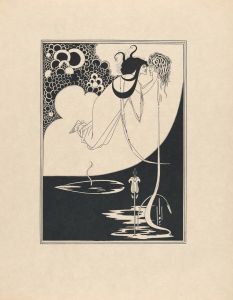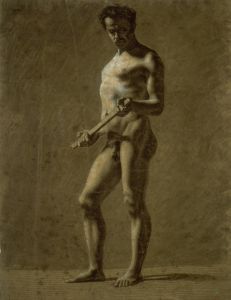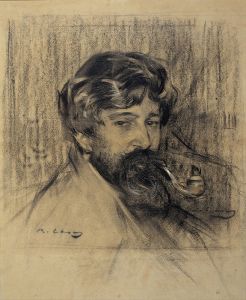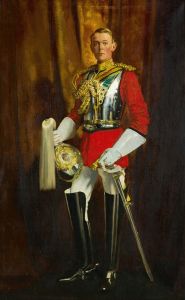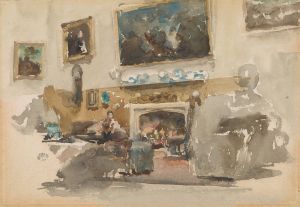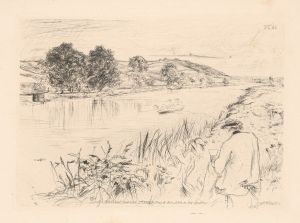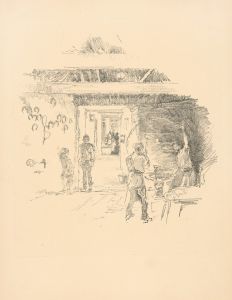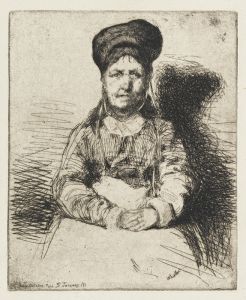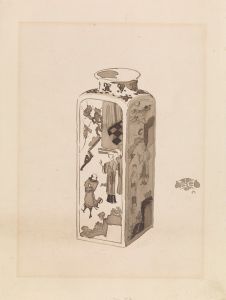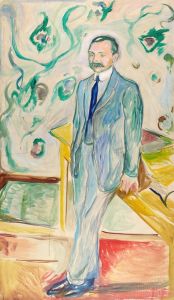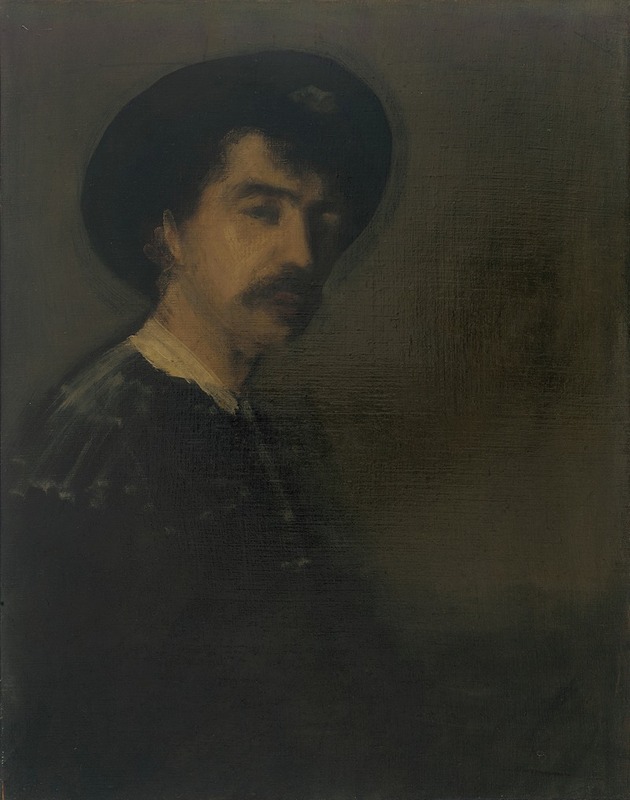
Self-Portrait
A hand-painted replica of James Abbott McNeill Whistler’s masterpiece Self-Portrait, meticulously crafted by professional artists to capture the true essence of the original. Each piece is created with museum-quality canvas and rare mineral pigments, carefully painted by experienced artists with delicate brushstrokes and rich, layered colors to perfectly recreate the texture of the original artwork. Unlike machine-printed reproductions, this hand-painted version brings the painting to life, infused with the artist’s emotions and skill in every stroke. Whether for personal collection or home decoration, it instantly elevates the artistic atmosphere of any space.
James Abbott McNeill Whistler, an influential American artist, is renowned for his contributions to the art world during the late 19th century. Among his diverse body of work, Whistler's self-portraits hold a significant place, reflecting his evolving style and personal philosophy towards art. One of his notable self-portraits is simply titled "Self-Portrait."
Whistler was born on July 11, 1834, in Lowell, Massachusetts, and spent much of his early life in Russia and England. He later settled in London, where he became a central figure in the Aesthetic Movement, which emphasized art for art's sake, focusing on beauty and visual pleasure rather than narrative content. This philosophy is evident in his self-portraits, where the emphasis is often on composition, color harmony, and mood rather than a detailed representation of his physical appearance.
The "Self-Portrait" by Whistler is characterized by its subtle use of color and light, typical of his mature style. Whistler often employed a limited palette, favoring muted tones and delicate gradations, which can be seen in this work. The portrait likely reflects his interest in the interplay between light and shadow, a technique he mastered and used to create a sense of depth and atmosphere.
Whistler's approach to portraiture was influenced by his admiration for the works of Diego Velázquez and Japanese art, both of which emphasized simplicity and elegance. In his self-portraits, Whistler often presents himself in a contemplative pose, capturing not just his likeness but also conveying a sense of introspection and self-awareness. This aligns with his belief that art should evoke emotion and provoke thought, rather than merely replicate reality.
Throughout his career, Whistler was known for his distinctive signature, a stylized butterfly with a long stinger, which he used to sign his paintings. This symbol, which can sometimes be found in his self-portraits, represents the duality of his personality—graceful yet assertive. The inclusion of this signature in his self-portraits adds a personal touch, reinforcing the intimate nature of these works.
Whistler's self-portraits also reflect his complex personality and his often contentious relationships with the art establishment. He was known for his sharp wit and sometimes combative nature, famously engaging in a legal battle with art critic John Ruskin, who had disparaged his work. This incident highlights Whistler's commitment to his artistic vision and his willingness to defend it against criticism.
In summary, James Abbott McNeill Whistler's "Self-Portrait" is a testament to his artistic philosophy and his skill as a painter. Through his use of color, light, and composition, Whistler creates a work that is both a reflection of himself and an embodiment of the aesthetic principles he championed. His self-portraits remain an important part of his legacy, offering insight into the mind of one of the 19th century's most innovative and influential artists.






